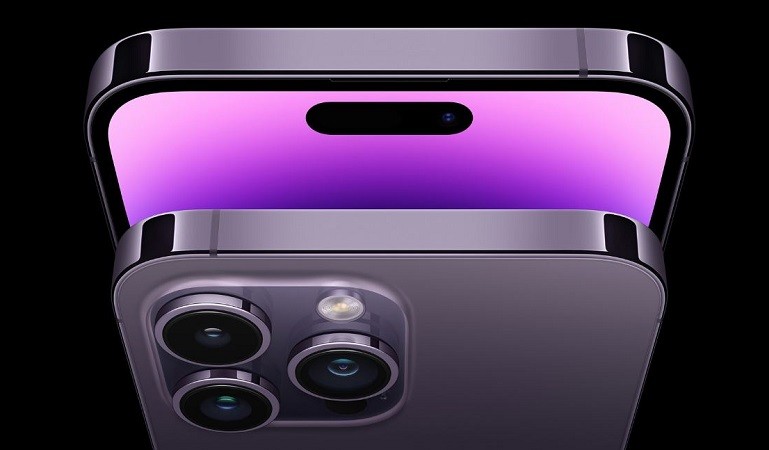
This Day That Year: On June 29, 2007, Apple, Inc. revolutionized the world of mobile technology with the release of the first-generation iPhone. The highly anticipated device, which combined a mobile phone, an iPod, and an internet communication device, marked a new era in the realm of smartphones and set the stage for the future of mobile computing.
Leading up to its launch, the iPhone generated immense buzz and speculation among technology enthusiasts and consumers alike. Steve Jobs, the co-founder and then-CEO of Apple, unveiled the iPhone at the Macworld Conference & Expo in January 2007, capturing the attention of the world with its sleek design and innovative features. Jobs declared the iPhone as a groundbreaking product that would redefine the way people interact with their phones.
When the iPhone finally hit the shelves on June 29, 2007, eager customers lined up outside Apple Stores across the United States to be among the first to get their hands on the revolutionary device. The initial release was exclusive to the United States, with Apple partnering with AT&T (formerly Cingular Wireless) as the exclusive carrier.
The first-generation iPhone boasted a 3.5-inch touchscreen display with a resolution of 320x480 pixels, a multi-touch interface that allowed users to interact with the device using intuitive gestures, and a proximity sensor that automatically turned off the display when the phone was held to the ear during calls. It featured a 2-megapixel camera, an iPod music player, and ran on a modified version of Apple's operating system, iOS.
One of the standout features of the iPhone was its web-browsing capabilities. Safari, Apple's web browser, allowed users to view web pages in their entirety, including graphics and layouts, unlike the limited mobile browsing experience offered by other phones at the time. The iPhone also supported email, text messaging, and visual voicemail, further enhancing its communication capabilities.
In terms of user experience, the iPhone introduced the concept of apps through the App Store. Initially offering a limited number of apps, the App Store would later grow into a vast marketplace, revolutionizing the way software was distributed and making it possible for third-party developers to create innovative and diverse applications for the iPhone ecosystem.
The release of the iPhone sparked a seismic shift in the mobile phone industry. Its intuitive interface, sleek design, and the seamless integration of hardware and software set a new standard for smartphones. The success of the iPhone prompted other tech giants to rethink their approach to mobile devices and led to the development of an entire ecosystem of smartphones and mobile applications.
Over the years, Apple continued to release new iterations of the iPhone, introducing features like faster processors, improved cameras, biometric security with Touch ID and Face ID, and advancements in display technology. Each new release built upon the success of its predecessor and expanded the capabilities of the device, solidifying the iPhone's position as one of the most popular and influential smartphones in the world.
Apple, Inc. forever changed the way we communicate, access information, and interact with technology. The iPhone remains a testament to human innovation and serves as a reminder of the remarkable progress made in the field of mobile Technology.